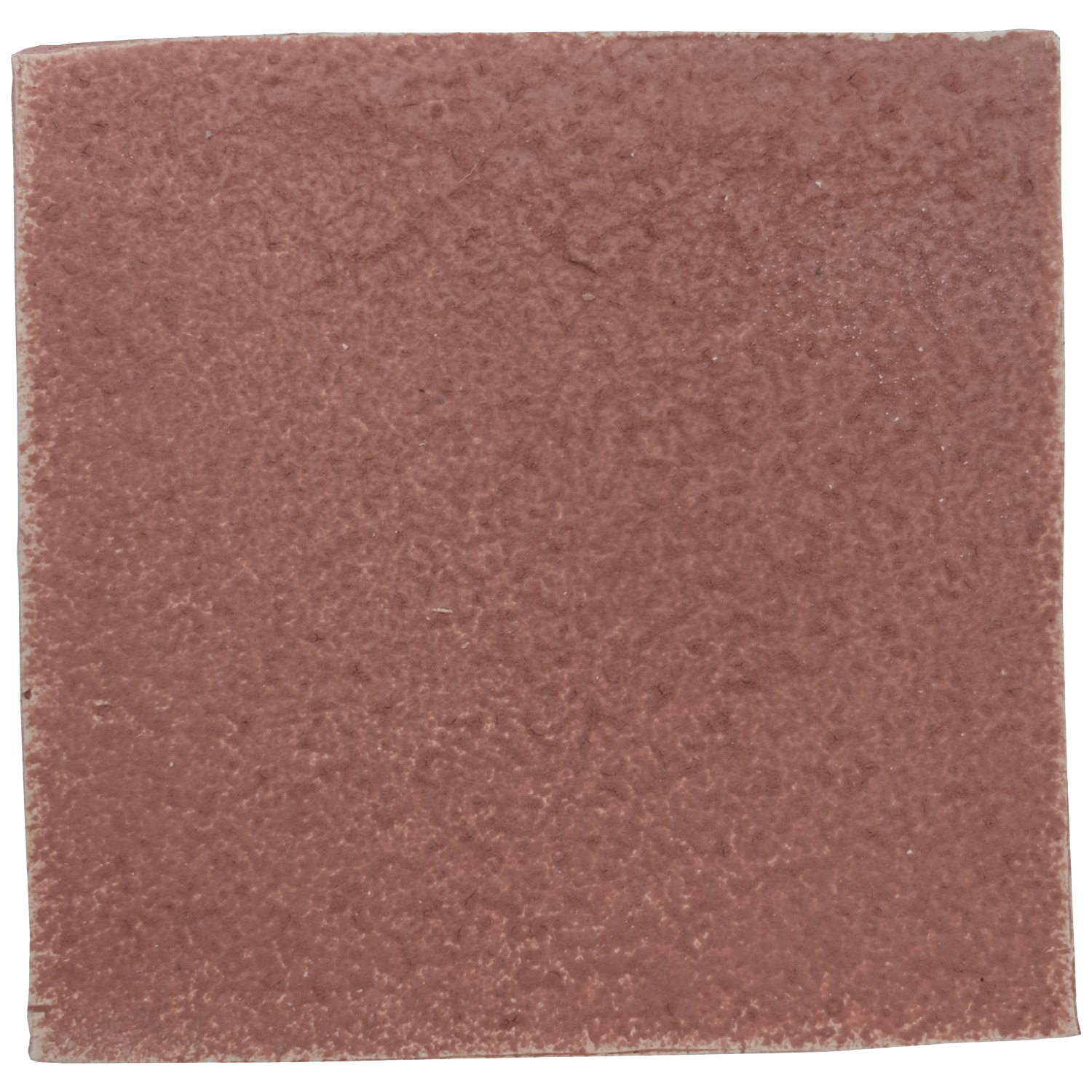Batch No.1
Rock Description= Upon collection the rocks are purple hued, with a dark grey burgundy undertone. Undetermined impurities colour the rocks, presenting with iron-like qualities. Sedimentary rock with an undetermined rock sub-category.
Preliminary Fire Temperature= 999 C
Mill Time= 7 hours
Water Weight= 1250.00g
Particulate Weight= 342.00g
Post-mill Protocol= 100 mesh, after sieve removed a significant amount of water leaving the slip thicker. Reserved the larger particulate, significant remainder left, in pebble form due to the particulate’s high density.
Material Behaviours= Following the ^06 preliminary firing particulate’s moderate iron content surfaced into warm dust on the surface and appears to have altered the rock to the core. The impurities at this stage, are presenting uniformly as iron-rich. Slip is a bright salmon pink, settles fast and sticks to the bottom of the container. Much agitation needed to regain workability.
^5 Fire Results= Retained the same pigment as present in slip form, this deep pink hue thickly dusts the surface and remains embedded into the surface of the ceramic.
^10 Fire Results= The colour shifted, and paled, to a light brown hue leaving the pink entirely. From the results, an estimation of the silica proportion is moderate.
^5 Surface Description= Despite the particulates integration into the ceramic surface the particulate remains without signs of vitrification.
^10 Surface Description= At this high temperature, the surface remains dry and lacking vitrification. Although appearing significantly nearer to a vitrified temperature, the surface remains permeable.
ID 1:
[The surface remains unstable, rippling like foam on water or milk and its fat. The particulate is a deep pink with minimal saturation. At the edges of the tiles, the particulate is pulled back by the way it absorbed the water content during the application–revealing raw mottled edges of ceramic. Towards the upper righthand corner of the square tile, the surface is coated heavier with the particulate.]

ID 2:
[The freckled surface is stable but its porosity is intact. Rough and granulate, the particulate shrunk into a beaded surface. On the square ceramic tile, the surface is a dark brown and behind is a subtle sand colour. On the left-hand lower corner there is a circle where air pocketed during the particulate’s application onto the surface.]